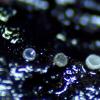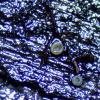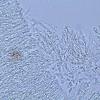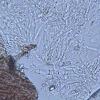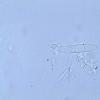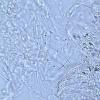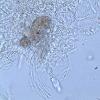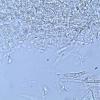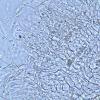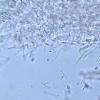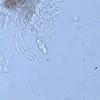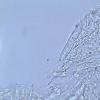
17-09-2014 19:29
 Andreas Gminder
Andreas Gminder
Bonjour, J'ai trouvé une Nectria ss. lato avec d

17-09-2014 08:05
 Blasco Rafael
Blasco Rafael
Hola. les parece que estas muestras puedan ser Hya

17-09-2014 03:33
Masanori KutsunaHello everyone, According to some literatures (Den

16-09-2014 21:28
Eduard OsieckThis white-spored Hypocrea was found on an unusua

15-09-2014 11:24
Marja PennanenHello forum,I collected some myxos on a leaf falle

15-09-2014 16:59
 Blasco Rafael
Blasco Rafael
Hola, estas muestras les parece que son Incrucipul

15-09-2014 18:00
Hi to everybody These very small yellowish, scatt
Ayuda desconocida
Blasco Rafael,
18-09-2014 10:22
 Hola, Tengo estas Muestra RECOGIDA un UNOS 1.700 m en abetal, Sobre Tiene 0,5 mm.
Hola, Tengo estas Muestra RECOGIDA un UNOS 1.700 m en abetal, Sobre Tiene 0,5 mm. no se si con Los Pocos Datos que mando se podra Llegar a una conclusión.
Pero es una especie muy blanda, al Cortar o dejarle Encima el Cubre es deshace, vistas Poças esporas, las mayoria estan vacias Las ascas (inmaduras).
Parafisis rectas con apice redondeado X2 - x2.5
ASCAs J +, que Medido las Mayores 46--67 X 7--8
Esporas con un septo, Miden 12 a -14 X 3,8--4,2
Pelos muy finos X0,8--1,2, aire granulos Interiores
Alguna idea de que genero puede pertenecer ??????????
Un saludo
Rafael

